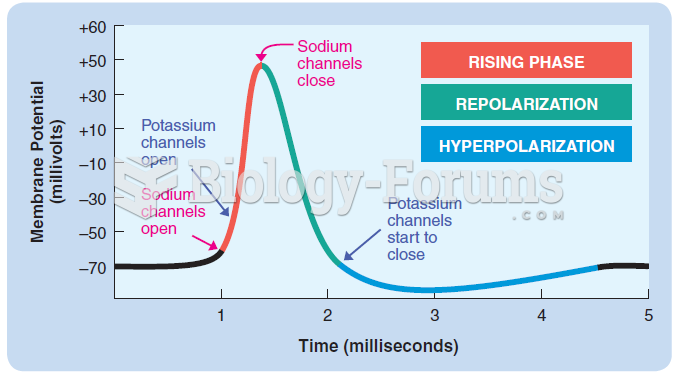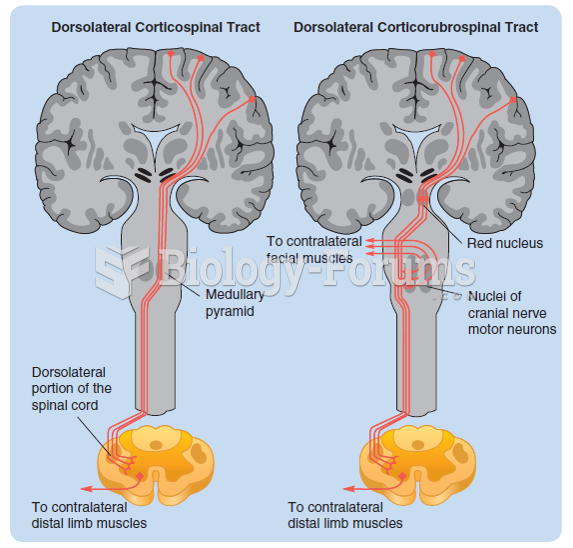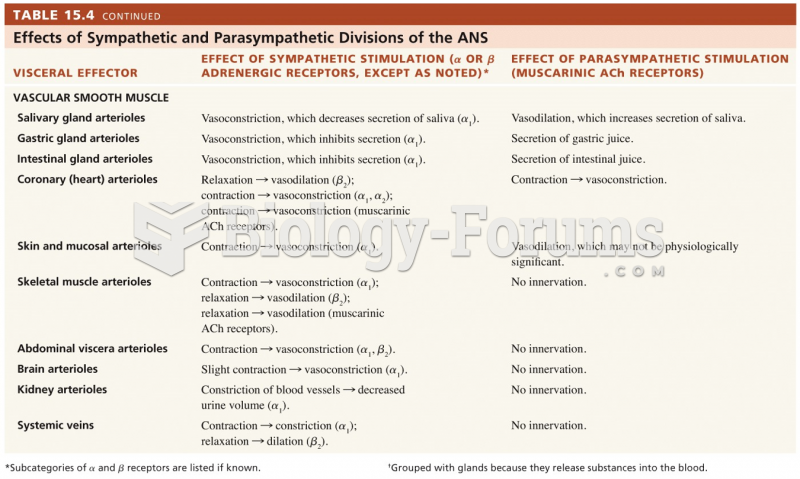Answer to Question 1
1. and 2.
Division A Division B
Sales 504,000 948,000
Variable costs of goods sold
(440,000 0.90; 930,000 0.80)
396,000 744,000
Variable S,G & A
(96,000 0.50; 202,500 0.50)
48,000 101,250
Total variable costs 444,000 845,250
Contribution margin 60,000 102,750
Division A Division B
Fixed costs of goods sold
(440,000 0.10; 930,000 0.20) 44,000 186,000
Fixed S,G & A
(96,000 0.50; 202,500 0.50) 48,000 101,250
Total fixed costs 92,000 287,250
Fixed costs savings if shutdown
(92,000 0.40; 287,250 0.40)
36,800 114,900
Division A's contribution margin of 60,000 more than covers its avoidable fixed costs of 36,800. The difference of 23,200 helps cover the company's unavoidable fixed costs. Because 36,800 of Division A's fixed costs are avoidable, the remaining 55,200 is unavoidable and will be incurred regardless of whether Division A continues to operate. Division A's 32,000 loss is the rest of the unavoidable fixed costs (55,200 23,200). If Division A is closed, the remaining divisions will need to generate sufficient profits to cover the entire 55,200 unavoidable fixed cost. Consequently, Division A should not be closed because it helps defray 23,200 of this cost.
Division B earns a positive contribution margin of 102,750. Division B also generates 114,900 of avoidable fixed costs. Based strictly on financial considerations, Division B should be closed because the company will save 12,150 (114,900 102,750). Division B is currently incurring 114,900 in fixed costs that it could have avoided while earning only 102,750 in contribution margin.
An alternative set of calculations is as follows:
Division A Division B
Total variable costs 444,000 845,250
Avoidable fixed costs if shutdown 36,800 114,900
Total cost savings if shutdown 480,800 960,150
Loss of revenues if shutdown (504,000) (948,000)
Cost savings minus loss of revenues (23,200) 12,150
Division A should not be shut down because loss of revenues if Division A is shut down exceeds cost savings by 23,200. Division B should be shut down because cost savings from shutting down Division B exceeds loss of revenues by 12,150.
3. Before deciding to close Division B, management should consider the role that the Division's product line plays relative to other product lines. For instance, if the product manufactured by Division B attracts customers to the company, then dropping Division B may have a detrimental effect on the revenues of the remaining divisions. Management may also want to consider the impact on the morale of the remaining employees if Division B is closed. Talented employees may become fearful of losing their jobs and seek employment elsewhere.
Answer to Question 2
D







